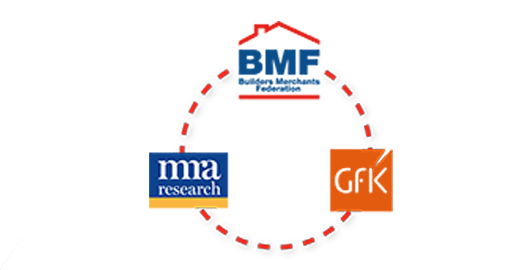Keystone Lintels comment: Q1 2017
Derrick McFarland, Managing Director Keystone Lintels is BMBI’s Expert for Steel Lintels.
Already we’re well through the year, and have another election to look forward to. It’s becoming an annual event! Let’s hope, after 8th June, we can put some of the uncertainty behind us and our industry can move on.
Steel lintel volumes increased by around 6% this first quarter compared with the first three months of 2016. These figures will be distorted slightly by price increases at the beginning of the year, which affected buying patterns. February 2017 experienced a slight dip, but steel lintel sales figures for March & April have bounced back, and have continued at this level into May.
The weather has been kind in Q1, and the House Building sector started back full-steam delivering a steady output of new homes over the quarter. Smaller builders and extension work started slower, but it’s improving. The industry’s enquiry bank has seen double digit growth over the quarter, and the enquiry to conversion rate is high, providing strong indicators for the coming months.
If, as we’re projecting, 2017 continues its steady climb over 2016 we’d all be delighted, but the squeeze on incomes, labour availability, and continuing house price trends will be challenging. We’re already seeing the effects of labour availability shortages on site with timber frame experiencing growth in orders from House Builders. While hardly Modern Methods of Construction, timber frame ticks all the time and labour saving boxes for off-site construction.
Our own R&D teams have been working hard on enhanced products to help the builder meet the regulations with improved thermal, cost and labour performance. Other products such as off-site brick-faced lintels will support labour skills on site, achieving time and labour saving without compromising quality of work.
Working with merchants, training their staff on the technical advantages of these added product ranges, the industry can promote good building practices, using a combination of traditional methods and new innovative products.



